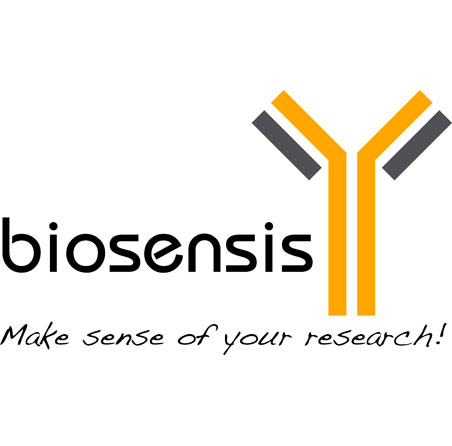Leucine-rich repeat serine/threonine-protein kinase 2 (LRRK2), Sheep Polyclonal Antibody
As low as
US$317.00
Only %1 left
Catalog Number
S-070
- Product Name Leucine-rich repeat serine/threonine-protein kinase 2 (LRRK2), Sheep Polyclonal Antibody
- Product Description Sheep anti-Leucine-rich repeat serine/threonine-protein kinase 2 (LRRK2) Polyclonal Antibody (Unconjugated), suitable for IHC-Frozen.
- Alternative Names Leucine-rich repeat serine/threonine-protein kinase 2; Dardarin; LRRK2; PARK8
- Application(s) IHC-Frozen
- Antibody Host Sheep
- Antibody Type Polyclonal
- Specificity Specificity for LRRK2 has been confirmed by IHC. This antiserum has been successfully tested in human. Other species have not yet been tested.
- Species Reactivity Human
- Immunogen Description A synthetic peptide (LKRKRKILSSDDSLRSS; aa 946-962) as part of human LRRK2 protein conjugated to the Blue Carrier Protein has been used as the immunogen.
- Conjugate Unconjugated
- Purity Description Whole serum
- Regulatory Status For research use only.
Product Info
- Product Description Sheep anti-Leucine-rich repeat serine/threonine-protein kinase 2 (LRRK2) Polyclonal Antibody (Unconjugated), suitable for IHC-Frozen.
-
Related Products
Leucine-rich repeat serine/threonine-protein kinase 2 (LRRK2-IN-1), Purified Small Molecule
- Application(s) IHC-Frozen
- Application Details IHC. A dilution range of 1:500-1:10000 is recommended. Biosensis recommends optimal dilutions/concentrations should be determined by the end user.
- Target Leucine-rich repeat serine/threonine-protein kinase 2 (LRRK2)
- Specificity Specificity for LRRK2 has been confirmed by IHC. This antiserum has been successfully tested in human. Other species have not yet been tested.
- Target Host Species Human
- Species Reactivity Human
- Antibody Host Sheep
- Antibody Type Polyclonal
- Antibody Isotype Mixed
- Conjugate Unconjugated
- Immunogen Description A synthetic peptide (LKRKRKILSSDDSLRSS; aa 946-962) as part of human LRRK2 protein conjugated to the Blue Carrier Protein has been used as the immunogen.
- Purity Description Whole serum
- Format Lyophilized
- Reconstitution Instructions Spin vial briefly before opening. Reconstitute in 100 µL sterile-filtered, ultrapure water. Centrifuge to remove any insoluble material.
- Storage Instructions After reconstitution keep aliquots at -20°C for a higher stability, and at 2-8°C with an appropriate antibacterial agent.
- Batch Number Please see item label.
- Expiration Date 12 months after date of receipt (unopened vial).
- Alternative Names Leucine-rich repeat serine/threonine-protein kinase 2; Dardarin; LRRK2; PARK8
- Uniprot Number Q5S007
- Uniprot Number/Name Q5S007 (LRRK2_HUMAN)
- Scientific Background LRRK2 is a member of the leucine-rich repeat kinase family. It role is yet unknown but it may play a role in the phoshorylation of proteins central to parkinson diseases. LRRK2 contains an ankryin repeat region, a leucine-rich repeat (LRR) domain, a kinase domain, a DFG-like motif, a RAS domain, a GTPase domain, a mLK-like domain and a WD40 domain. LRRK2 is present in the cytoplasm but also associates with the mitochondrial outer membrane. Defects in LRRK2 are the cause of Parkinson disease 8 (PARK8). Parkinson disease is characterised by bradykinesia, resting tremor, muscular rigidity and postural instability, as well as by a clinically significant response to treatment with levodopa. The pathology involves the loss of dopaminergic neurons in the substantia nigra and the presence of Lewy bodies (intraneuronal accumulations of aggregated proteins), in surviving neurons in various areas of the brain. PARK8 is an autosomal-dominant late-onset parkinsonism, characterized by onset from 50 to 65 years, with slow progression and relatively benign course.
- Shipping Temperature 25°C (ambient)
- UNSPSC CODE 41116161
- Regulatory Status For research use only.
Specifications
-
General References
Zimprich A, et al. Neuron 44:601-607(2004).
Ota T, et al. Nat. Genet. 36:40-45(2004).

 1800 605-5127
1800 605-5127 +61 (0)8 8352 7711
+61 (0)8 8352 7711
